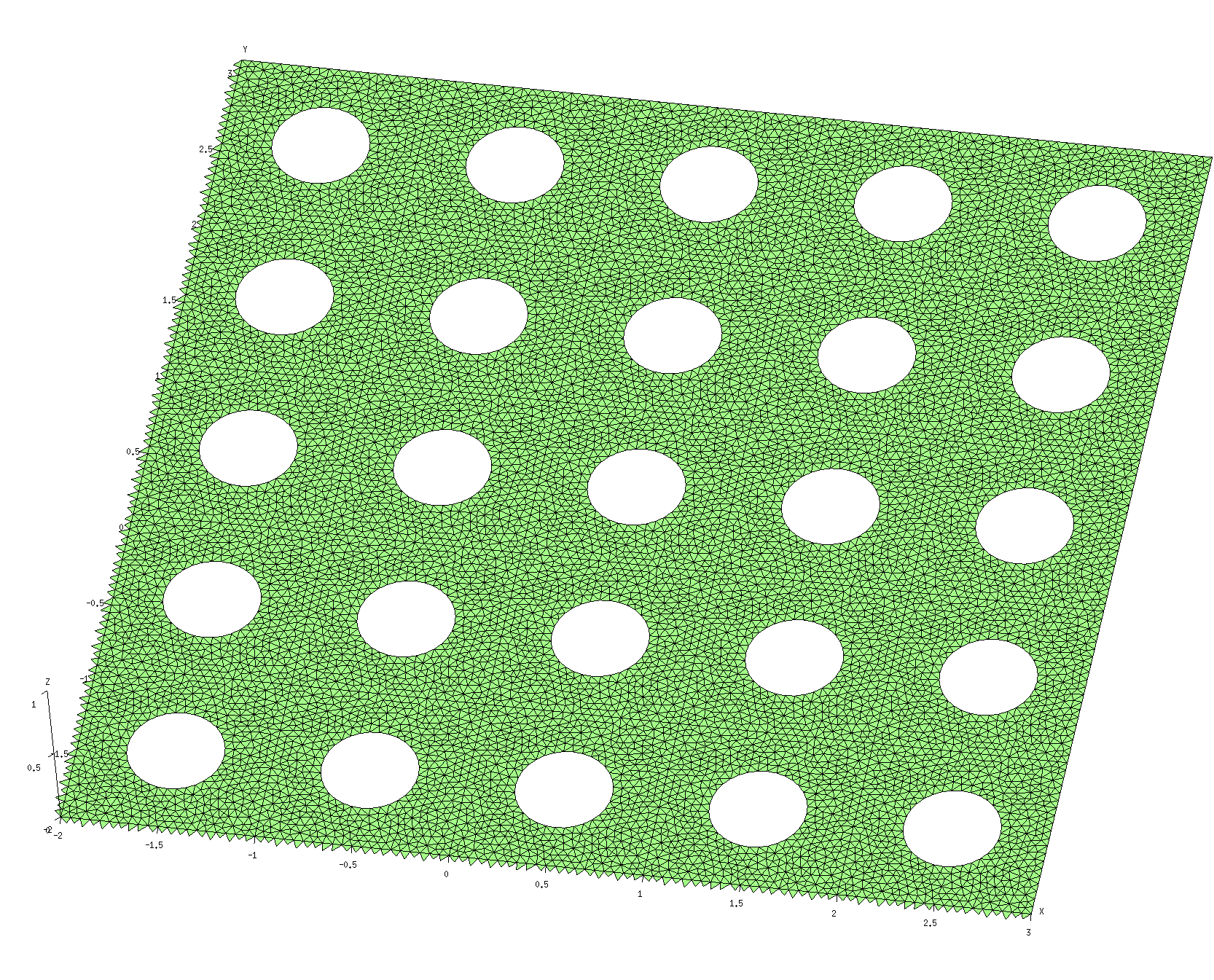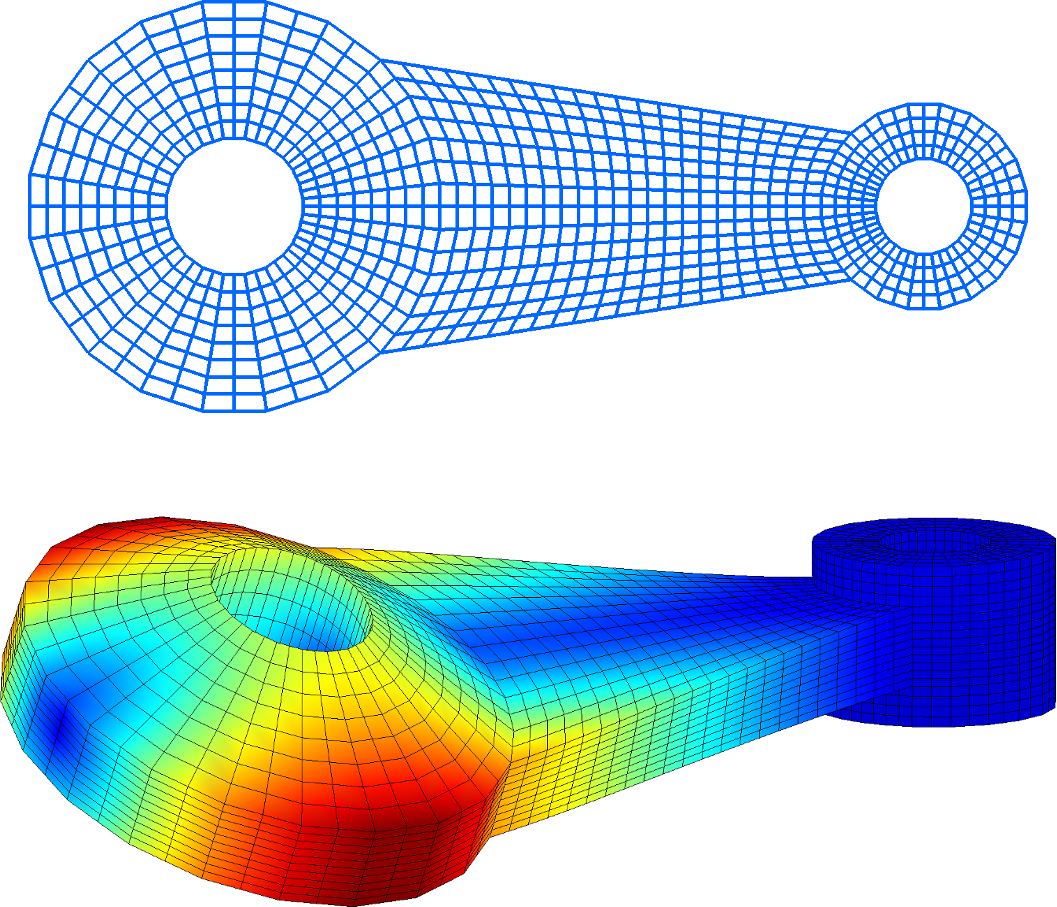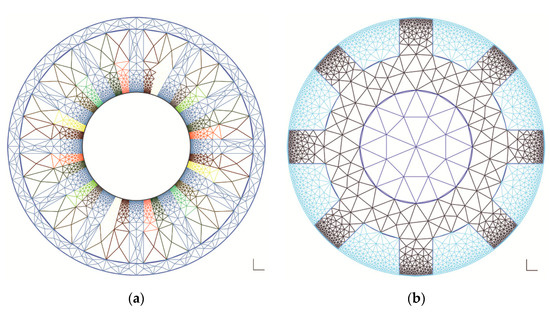
I saw that it is possible to do something with OpenMP (I compiled gmsh enabling that option), but setting the multithread option to a number >1 did nothing (when it starts meshing, there is a message saying 'max number of threads = 1'). It is a 8-node quad (which is rather slow in itself, from what I have experienced so far) but the main issue is that there is one special surface that is very large and has to be very finely meshed. > I am very interested in meshing in parallel since my 2d model takes ~8hs to mesh. There is active work on improving "Packing of Parallelograms" in the "quadMeshingTools" branch, but it not ready yet for merging in master. In particular, in 2D, the experimental "Frontal-Delaunay for Quads" and "Packing of Parallelograms" algorithms are single-threaded: your exceptionally long meshing times maybe indicate that you are using these algorithms to generate quads? Most algorithms in Gmsh are indeed multi-threaded, but not all of them.
#Gmsh parallel .dll
dll files to your rustup directory, e.g.: One way to make sure the linker can find Gmsh is copying the. parallel to the Z axis, it is very trivial to obtain the averaged flux by following steps: Merge the densityArplusxxxx. If it can't, you'll get large scary errors when you run cargo test -test-threads=1 For a planar target, where the sputter direction is e.g.
#Gmsh parallel zip file
Then, download the Windows SDK zip file and ensure the linker can find the library. Gmsh is built by MinGW on Windows, not the Visual Studio toolchain.īecause of ABI differences, the easiest way to link your Rust programs to Gmsh is to use the x86_64-pc-windows-gnu target and stable-gnu toolchain. so * files where the linker can find them. Written in C++ to optimize for speed, FreeFEM is interfaced with the popular mumps, PETSc and HPDDM solvers.
#Gmsh parallel software
Gmsh ships prebuilt binary SDK libraries for Linux, MacOS, and Windows.ĭownload a recent version and make sure the filename ends with sdk. FreeFEM has it own internal mesher, called BAMG, and is compatible with the best open-source mesh and visualization software like Tetgen, Gmsh, Mmg and ParaView. You can make an alias for this command in your ~/.cargo/config file: tt = "test -test-threads = 1 " Linking to the Gmsh library Run the tests using cargo test -test-threads=1 Gmsh is a shared resource, and Rust tests run in parallel by default, so cargo test Chaco): Type of eigensolver for a spectral algorithm (0Lanczos, 1Multilevel RQI/Symmlq) Default value: 1 Saved in: General.OptionsFileName. Run the examples using cargo run -example Chaco): Parallel architecture topology (0hypercube, 1-3mesh dimensions) Default value: 1 Saved in: General.OptionsFileName.

GMSH_LIB_DIR = "/path/to/your/gmsh-sdk/lib "Įxport GMSH_LIB_DIR LD_LIBRARY_PATH = $GMSH_LIB_DIR : $LD_LIBRARY_PATH $ wget -O /tmp/ $ tar -xvf /tmp/ $ export GMSH_LIB_DIR= $ PWD/gmsh-4.4.1-Linu圆4-sdk/lib/ $ export LD_LIBRARY_PATH= $ GMSH_LIB_DIR: $ LD_LIBRARY_PATH $ cargo test -test-threads=1Īdd the variables to your shell configuration file to avoid having to set them each time. libgmsh installation (Linux)ĭownload the Gmsh SDK (v4.4.1) to the current folder and set your library variables accordingly. You'll also need to adjust your LD_LIBRARY_PATH to be able to find the library at runtime. Set GMSH_LIB_DIR to the location of your Gmsh SDK /lib folder. This crate uses an environment variable GMSH_LIB_DIR.

Listing 5.10 Gmsh geometry script of the Gmsh model. The gmsh script box.geo is shown in Listing 5.10.

We use Gmsh to generate an unstructured triangular mesh.

This example is based on Hello World: 2D box, the only difference is the mesh generation. You'll need a copy of the Gmsh library, libgmsh, to use this crate. All the input files can be found in cookbooks/gmsh directory.


 0 kommentar(er)
0 kommentar(er)
